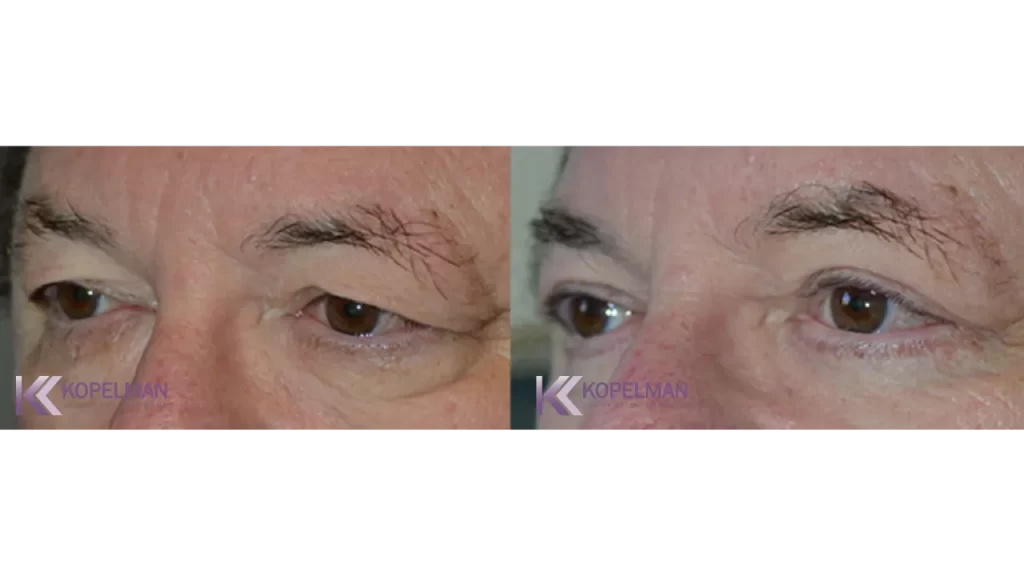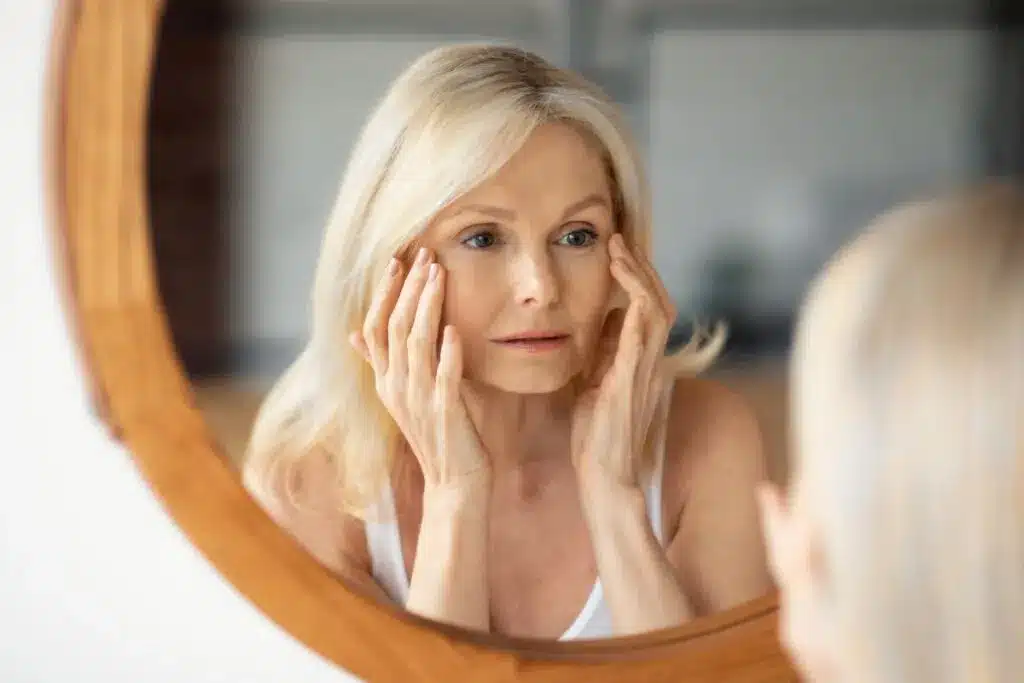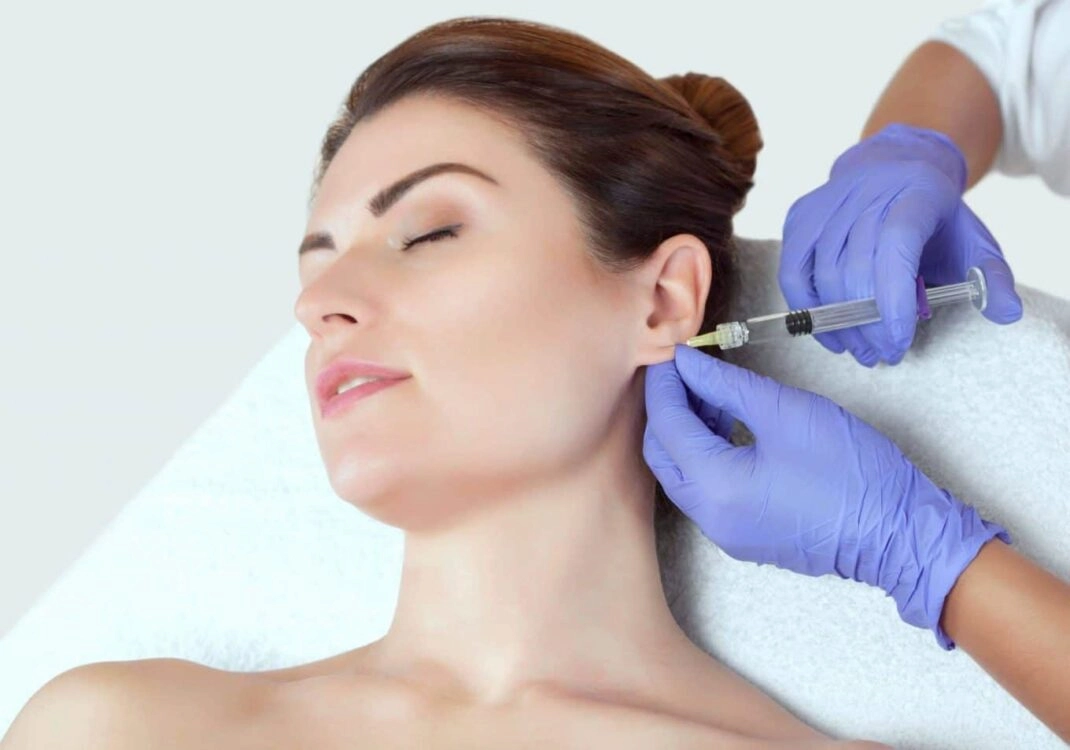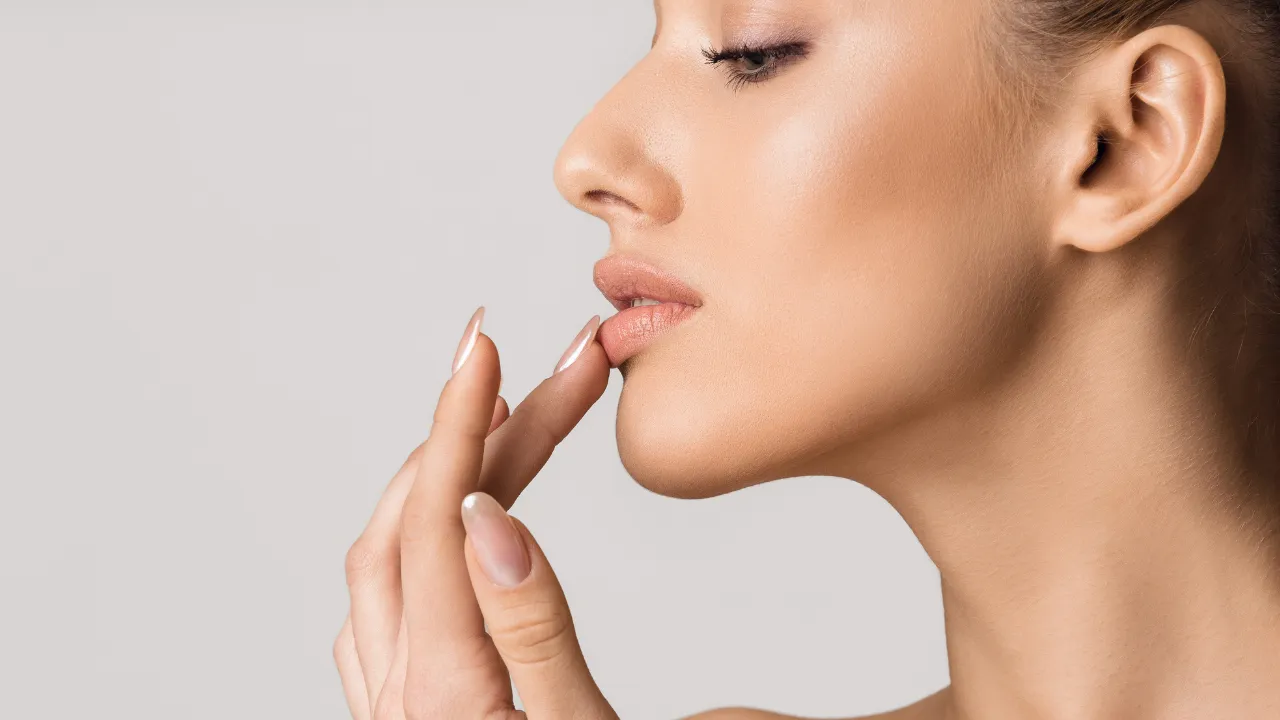Blepharoplasty can rejuvenate your eyes, but it’s important to understand the scarring process. Here, we’ll cover what blepharoplasty scars are, why they form, and how to effectively manage and reduce their appearance. Discover tips to improve your recovery and achieve the best results.
Table of Contents
ToggleUnderstanding Blepharoplasty Scars
Blepharoplasty scars are marks left on the eyelids after eyelid surgery. These scars occur due to the surgical incisions made during the procedure to remove excess skin, fat, or muscle from the upper or lower eyelids.
As with any surgery, the skin’s healing process involves forming scars. The location and visibility of these scars depend on the surgical technique used and how well the wound heals. Proper post-operative care can minimize the appearance of these scars and help achieve a smoother recovery.
Types of Scars from Eyelid Surgery
- Upper Eyelid Surgery Scars: These scars typically form along the natural crease of the eyelid, making them less noticeable. Upper blepharoplasty scars usually fade over time and blend well with the natural contours of the eyelid.

- Lower Blepharoplasty Scars: Scars from lower eyelid surgery are often hidden just below the lash line or inside the lower eyelid. The scars from lower eyelid surgery scars usually become almost invisible after healing. However, their appearance can change based on how each person heals and cares for the area afterward.

Understanding these different scar types helps set realistic expectations for the healing process. Take a look at our before-and-afters for more examples.
Healing Process of Blepharoplasty Scars
- Initial Healing (First Few Weeks): After surgery, your skin will begin to heal. You may notice some swelling and bruising. The scars may look red or pink as the tissue repairs.
- Scar Maturation (1 to 3 Months): Over the next few months, scars will flatten and fade in color. During this time, healed blepharoplasty scars become less noticeable, though they may still be slightly visible.
- Long-Term Healing (6 to 12 Months): Scars continue to improve over a year. By then, most blepharoplasty scars are barely visible, blending naturally into the eyelids.
How long do blepharoplasty scars last?
While permanent, these scars usually fade to a faint, barely noticeable line within 6 to 12 months, depending on individual healing and care.
What Do Blepharoplasty Scars Look Like?
What Do Blepharoplasty Scars Look Like?
- Upper Blepharoplasty Scar: Typically, upper blepharoplasty scars are thin lines that follow the natural crease of the eyelid. They are usually well-hidden when the eyes are open and gradually fade over time, becoming almost invisible.
- Lower Blepharoplasty Scar: Scars from lower blepharoplasty are often placed just below the lash line or inside the lower eyelid. These scars are often faint and match the skin color, making them difficult to see once they have healed.
- Double Eyelid Surgery Scar: In double eyelid surgery, the scar is placed along the new crease that is created. Initially, it may appear as a thin, red line but will fade to a faint, nearly invisible mark as it heals.
Overall, blepharoplasty scars are designed to be as discreet as possible, with most patients finding them hardly noticeable after the healing process is complete.
Feel free to take a look at our related articles:
Asian Eyelid Surgery
Male Blepharoplasty
Blepharoplasty Recovery | What to Expect at Home
Will Scars Be Noticeable After Eyelid Surgery?
The visibility of blepharoplasty scars largely depends on factors such as skin type, the skill of the surgeon, and how well you follow post-operative care instructions. Upper blepharoplasty scars are typically hidden in the natural crease of the eyelid, making them less noticeable. Over time, these scars tend to fade and blend with your skin tone, becoming nearly invisible.
How can I hide my blepharoplasty scars?
To minimize the appearance of scars, follow these tips:
- Keep the Area Clean and Moisturized: Proper wound care promotes better healing and reduces scarring.
- Use Scar Creams or Ointments: These products can help soften and lighten the scar over time.
- Protect Scars from Sun Exposure: UV rays can darken scars, making them more noticeable. Use sunscreen or wear sunglasses to protect your eyes.
- Consider Makeup: Once fully healed, makeup can effectively conceal any remaining redness or visibility of the scars.
By taking these steps, you can further reduce the visibility of your blepharoplasty scars and achieve a smoother, more natural-looking result.
Best Treatments for Eyelid Scars
To minimize and manage the visibility of eyelid scars, several effective treatments and strategies can be employed:
- Topical Scar Creams and Gels: Applying silicone-based creams or gels is one of the best treatments for eyelid scars. These products help to soften, flatten, and lighten scars over time.
- Massage Therapy: Gently massaging the scar area can improve circulation and promote better healing, helping to reduce scar visibility.
- Laser Therapy: For more noticeable scars, laser treatments can be effective in reducing their appearance by resurfacing the skin and stimulating collagen production.
- Microneedling: This treatment involves tiny needles that create micro-injuries in the skin, encouraging the production of new, smoother skin and reducing scar visibility.
- Steroid Injections: For thicker or raised scars, steroid injections can help flatten and soften the scar tissue.
- Sun Protection: Protecting scars from sun exposure is crucial. UV rays can darken scars, making them more noticeable. Always use sunscreen or wear sunglasses when outdoors.
Combining these treatments can significantly improve the appearance of eyelid scars, making them less noticeable and promoting a smoother, more even skin tone.
Why Are My Eyes Still Hooded After Blepharoplasty?
There are several potential reasons why your eyes may still appear hooded after blepharoplasty:
- Incomplete Removal of Excess Skin or Fat: If the surgery did not remove enough excess skin or fat, some hooding may persist. This can happen if the initial focus was more on subtle changes rather than a dramatic alteration.
- Drooping Brow: Sometimes, hooded eyes are caused by a drooping brow rather than excess eyelid skin. If the brow wasn’t addressed during the blepharoplasty, the hooded appearance may remain.
- Healing and Swelling: In the early stages of recovery, swelling can give the appearance of hooded eyes. This should resolve as the healing progresses, but it may take several weeks to see the final results.
- Underlying Anatomy: Your natural anatomy might contribute to persistent hooding. If your brow bone is prominent or if you have deep-set eyes, the hooded look may persist despite the surgery.
- Need for Additional Procedures: In some cases, achieving the desired result may require a combination of blepharoplasty and a brow lift to fully correct the hooded appearance.
If you’re concerned about persistent hooding after surgery, it’s important to discuss this with your surgeon, who can assess the situation and recommend any necessary follow-up treatments.
Consulting with a Specialist
Discussing scar management with your surgeon is crucial for achieving the best results in recovery blepharoplasty scar healing. Every patient’s skin heals in its own way. Personalized advice from a skilled oculoplastic surgeon, like Dr. Kopelman, can help reduce scars. Dr. Kopelman can help you with treatments and preventive steps. These steps will make sure your scars heal well and are less noticeable. By working closely with an oculoplastic surgeon, you can optimize your healing process and achieve a more confident, refreshed appearance.

























